Pascal Weller
A MIMO Radar-Based Metric Learning Approach for Activity Recognition
Nov 02, 2021
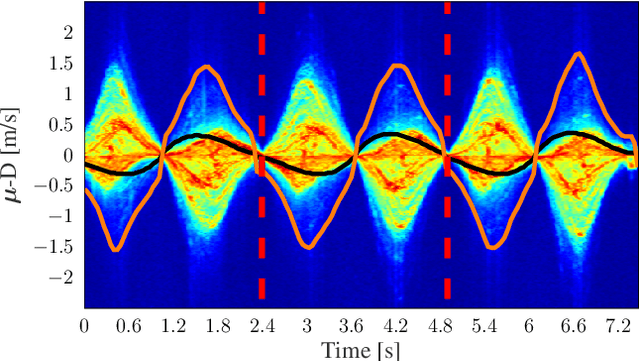
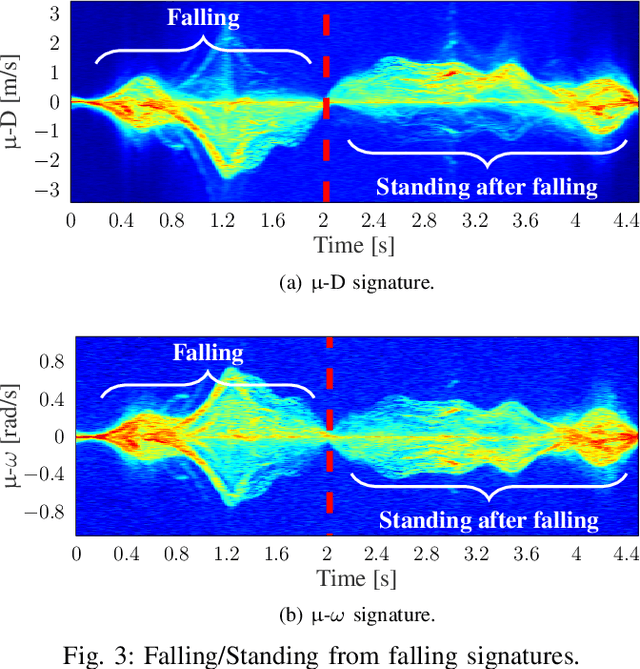
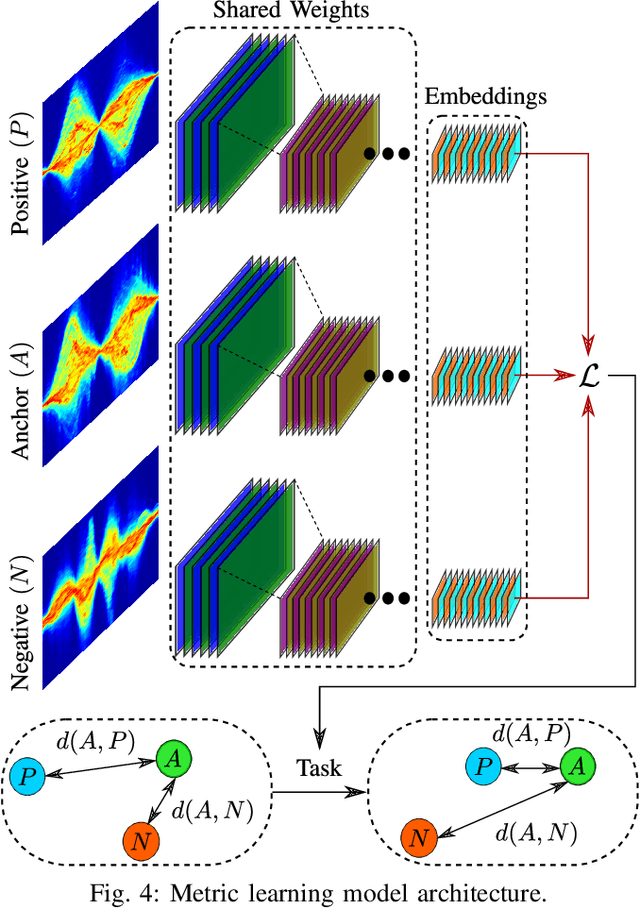
Abstract:Human activity recognition is seen of great importance in the medical and surveillance fields. Radar has shown great feasibility for this field based on the captured micro-Doppler ({\mu}-D) signatures. In this paper, a MIMO radar is used to formulate a novel micro-motion spectrogram for the angular velocity ({\mu}-{\omega}) in non-tangential scenarios. Combining both the {\mu}-D and the {\mu}-{\omega} signatures have shown better performance. Classification accuracy of 88.9% was achieved based on a metric learning approach. The experimental setup was designed to capture micro-motion signatures on different aspect angles and line of sight (LOS). The utilized training dataset was of smaller size compared to the state-of-the-art techniques, where eight activities were captured. A few-shot learning approach is used to adapt the pre-trained model for fall detection. The final model has shown a classification accuracy of 86.42% for ten activities.
A MIMO Radar-based Few-Shot Learning Approach for Human-ID
Oct 16, 2021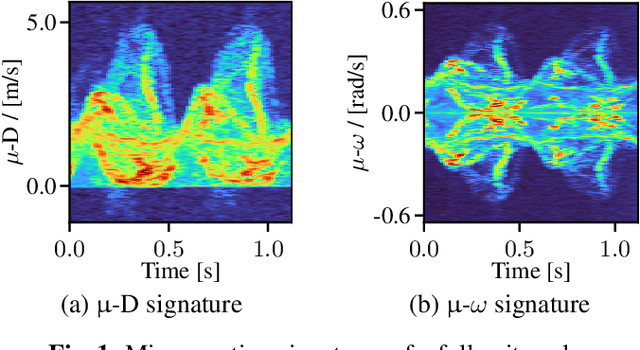
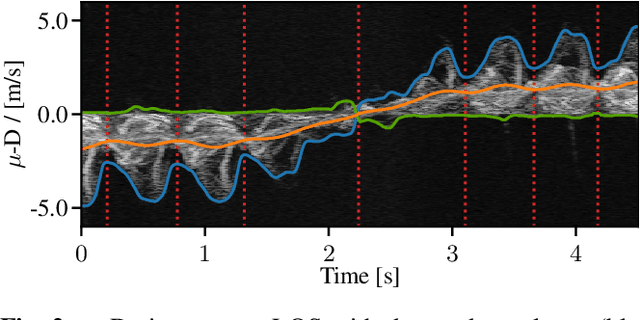


Abstract:Radar for deep learning-based human identification has become a research area of increasing interest. It has been shown that micro-Doppler (\(\upmu\)-D) can reflect the walking behavior through capturing the periodic limbs' micro-motions. One of the main aspects is maximizing the number of included classes while considering the real-time and training dataset size constraints. In this paper, a multiple-input-multiple-output (MIMO) radar is used to formulate micro-motion spectrograms of the elevation angular velocity (\(\upmu\)-\(\omega\)). The effectiveness of concatenating this newly-formulated spectrogram with the commonly used \(\upmu\)-D is investigated. To accommodate for non-constrained real walking motion, an adaptive cycle segmentation framework is utilized and a metric learning network is trained on half gait cycles (\(\approx\) 0.5 s). Studies on the effects of various numbers of classes (5--20), different dataset sizes, and varying observation time windows 1--2 s are conducted. A non-constrained walking dataset of 22 subjects is collected with different aspect angles with respect to the radar. The proposed few-shot learning (FSL) approach achieves a classification error of 11.3 % with only 2 min of training data per subject.
 Add to Chrome
Add to Chrome Add to Firefox
Add to Firefox Add to Edge
Add to Edge